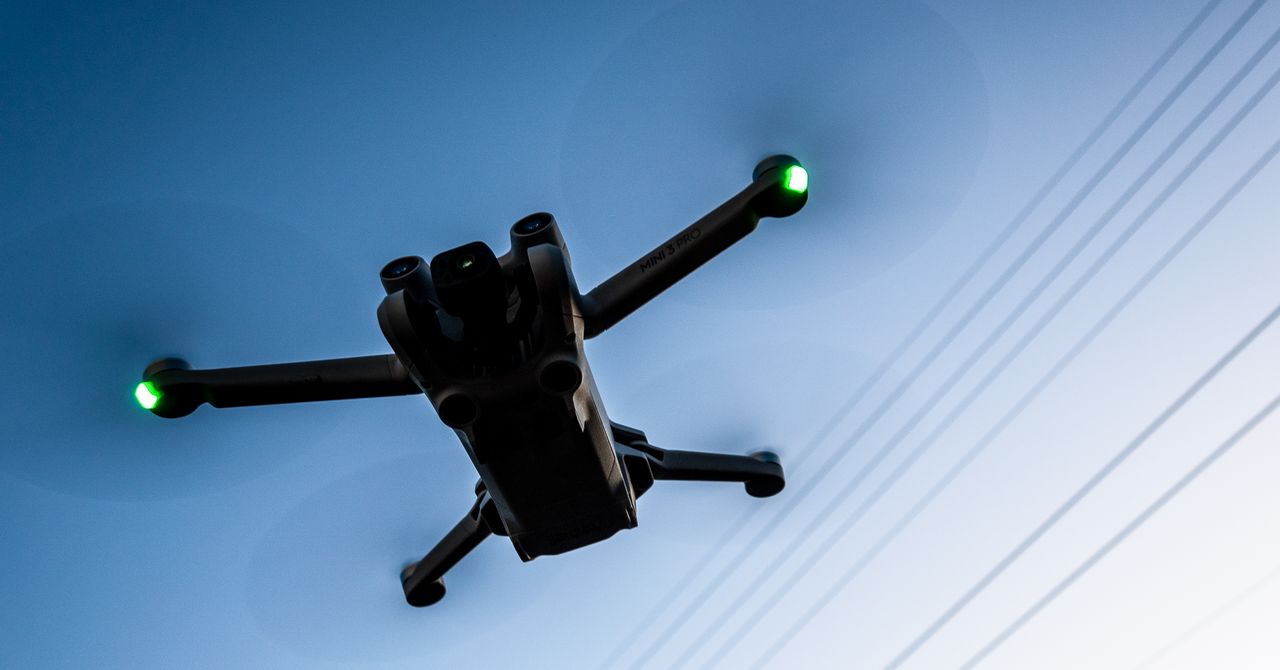In December, Kyiv Post reported a long -term Ukrainian army, Tethered drone, which is currently reported about 40 % of the components. [are] While it is produced locally in Ukraine, because the capability of domestic microelectronic production is limited, the rest of the imports are primarily from China. “
Aliexpress Alibaba and TEMU’s parent company did not respond to requests as to whether such accessories – which are not inherently not weapons – did not respond to any danger or impose purchase restrictions in any market.
“I don’t know a hobby that wants to fly a drone with a fastener to release a bottle of water in a personal yard,” says Balloon’s Balloon President Dave Torres of FPGA Security. “I am a militant veteran, so I have become accustomed to deal with IEDs and worry about things buried on the ground. Well, now you have the ability to fly your IED on anyone you want to attack.”
Red balloon specializes in hardware and operating system analysis, so researchers are interested in evaluating processors and low -level code that uses optical fiber and AI guidance components. In TetHers, they were surprised to find years, but relatively expensive, re -programmable known as “FPGA” or FPGA (Torres Specialty Specialty Zone). The inclusion of these chips was noticeable, as it shows that these devices are designed to be more dynamic and more expandable than what a hobby would probably need. Meanwhile, guidance modules are largely reliable by using all the cheapest possible components, including Chinese chips as their main processor.
“When I first saw artificial intelligence, it was one of the advertisements that could be 30 meters away and a horse 100 meters away, but later they just changed it to identify people and cars,” CUI says. “These people are not specific or specific models of vehicles, but they do not even dance around it, which are the targets used for this.”
Anti -passenger defense technology in the early stages of the world is still relatively relatively relative. Even vague insights of anonymous aerial phenomena can throw airports or New Jersey states. As Wired reported in December, the US Department of Homeland Security has encouraged the enforcement of law and local government at least last summer to evaluate their ability to respond to unmanned aircraft. In a note, DHS warned that violent extremists in the United States seek to modify the “out -of -shelf” quadcopters for carrying weapons, including “explosives, condensors and chemicals”.
The red balloon is located in New York City, and researchers point out that they are investigating unmanned aircraft accessories, noticing that the few options currently available for Steve to malicious drone are not applicable in dense urban areas.
“Things that work down are machine guns, lasers and massive jams, none of which can be used in a city,” says Cui. “For this reason, the red balloon focuses on developing suitable techniques for high -density environments to defeat these unmanned aircraft safely without shooting them or without beat.”
Such approaches can include targeting drones in the protocol and the operating system level to command and create their land. The researchers noted that the low -cost development and production of drones has no margins for research and development, testing or support for aircraft. This is a vulnerability for operators, but it can also be for defenders seeking to disperse violent and unnecessary attacks.
However, at present, the expansion of accessories for gunman weapons is an unpleasant, easy -to -make threat.
“Someone who designs a program and puts it can be complicated damage to really cheap,” says Torres Red Ballon. “I don’t know if the US military can even build defense contractors to build these devices for the price they sell online.”





